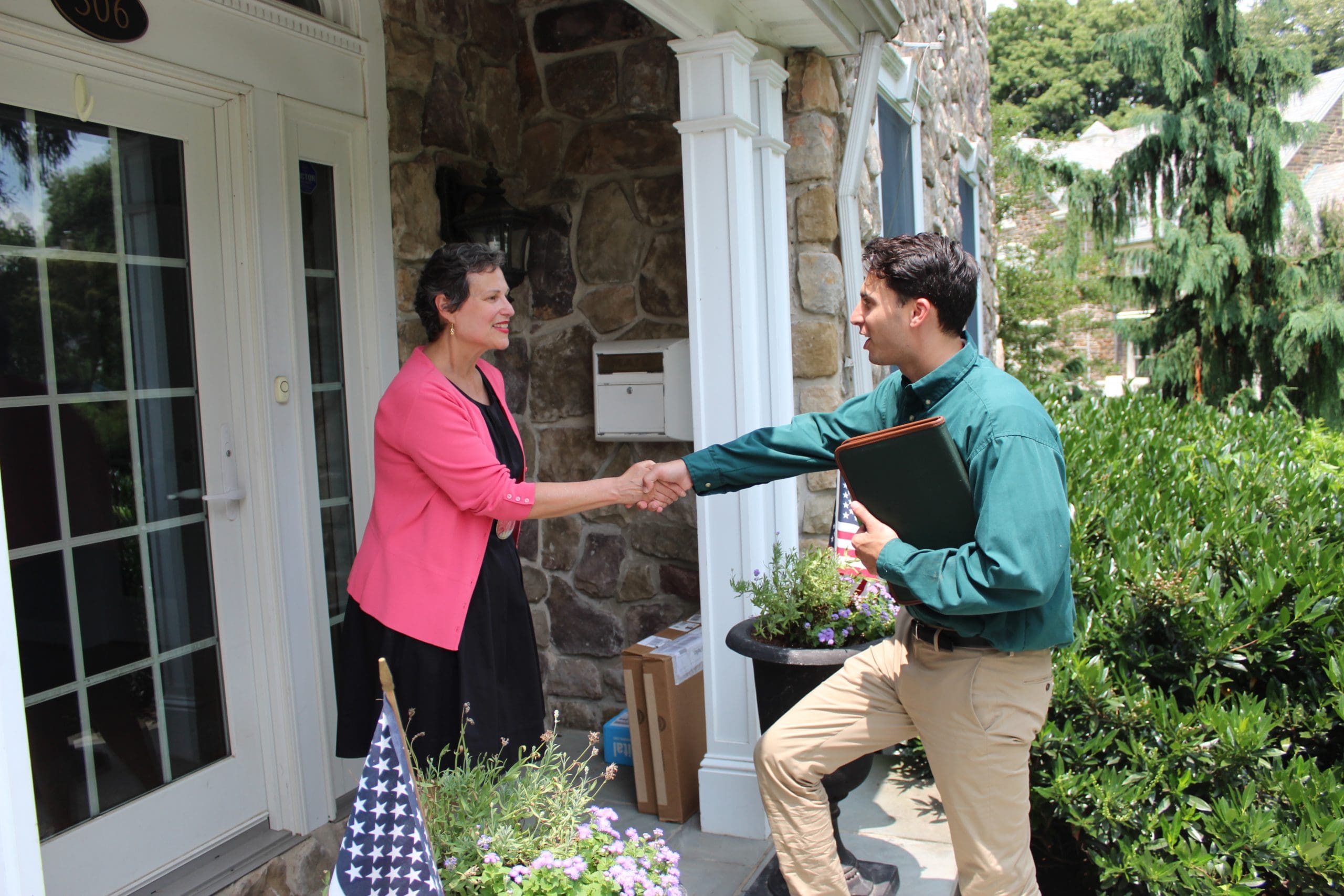
Manners matter. You may think proper etiquette is something everyone already knows but it might surprise you how people have different ideas when it comes to this concept.
Next time you have a staff meeting, ask your employees what they think etiquette is or ask them to provide examples. This can give you a good idea of how much work is needed to get everyone on the same page.
Because etiquette is an important aspect of customer service, it should be trained and discussed just like safety topics. Proper etiquette can enhance your company’s reputation and customer satisfaction. Every contact with a customer influences whether or not they’ll remain a client, so it’s important your entire staff knows how to interact with them.
Role-playing is one way to prepare your team for dealing with unhappy customers while remaining calm and professional. You want your employees to be well-versed in handling difficult situations before they happen in real life.
Below are some basic etiquette concepts to implement in your organization. Based on your own core values, you can add or expand on these ideas so your company’s form of etiquette matches your branding.
Be Courteous
This is the most basic level of etiquette all your employees should practice. Teach them to always be aware of people and train them to wave or smile at the customer or even passersby. Throttling down a blower or string trimmer as a neighbor walks by is a sign of respect. Your crews should know to behave on jobsite and refrain from horseplay or obscene language.
Body language is also important. Teach your team members to make eye contact with the client when they’re speaking. This lets the customer know you are giving them your full attention. Discourage fidgeting or having a closed-off stance as this gives off the impression that you are not engaged in the conversation.
Be Personal
It means a lot to be known and taking the time to address your customers by their names when you are on their property helps them feel like they’re not just a number in your book of business. If your crews struggle to remember all the names, provide them a cheat sheet they can look at before starting a job.
Taking the time to look over the property and inform the client of any potential issues you see also shows you care about the well-being of their landscape, beyond the current scope of work. Companies like Rossen Landscape use client relationship managers to conduct site audits and inspect everything from the irrigation system to drainage and pruning. Rossen also leaves small touches like such as placing on the porch a basket of vegetables picked from the garden or bringing clients a bouquet of flowers.
Be Professional

Being professional includes everything from wearing well-maintained company uniforms to using the right responses to customer concerns. Wearing professional uniforms helps clients accept your employee’s recommendations and also boosts employees’ confidence.
When it comes to the right vocabulary, it’s all about avoiding certain phrases. Customers typically switch brands when they are put off by unhelpful or rude staff. Below are some examples of what not to say, and what to say instead.
- “I don’t know” – Instead say, “I may not know, but I will find out for you.”
- “Unfortunately, no” – Instead say, “I’m sorry, that’s not something we can offer. However, what we can offer is…”
- “Please calm down” – Instead say, “I can understand why you feel that way. Let’s see what we can do now.”
- “No problem” – Instead say, “You’re welcome.”
Communicate to your team to begin and end conversations with clients on a positive note. Everyone on your team should treat clients with respect and empathy, to help them feel valued.
Be Appreciative
Speaking of being valued, communicating your appreciation to your customers can go a long way. Encourage your account managers to send sincere handwritten thank you notes to long-time customers. Another option is taking the time to make some calls and acknowledge how a client’s business has helped the company grow. In either of these forms of contact, try to highlight the specifics of their account so it’s clear these aren’t generic scripts.
Taking the time out of your busy schedule to thank your customers lets them know you’re truly grateful that they chose you out of all the others in your market. Nurturing your current relationships with clients keeps you top of mind when an opportunity for a referral occurs.

